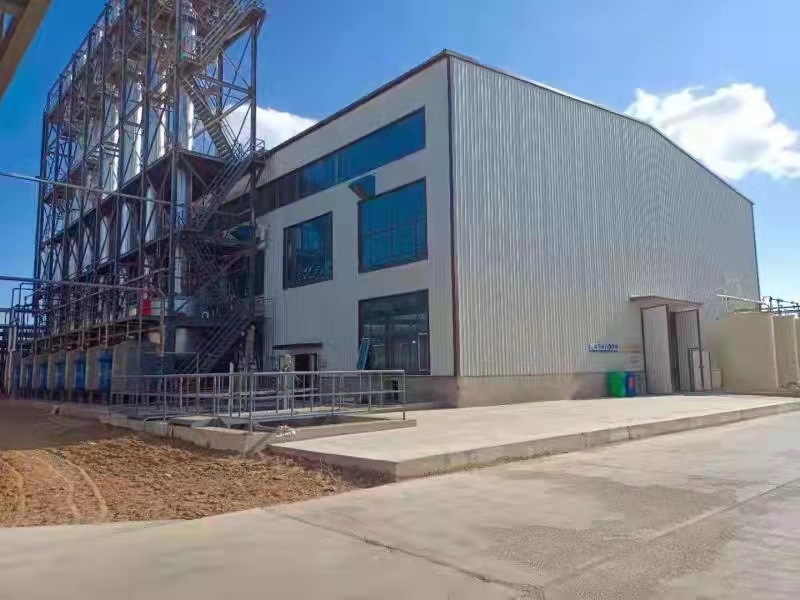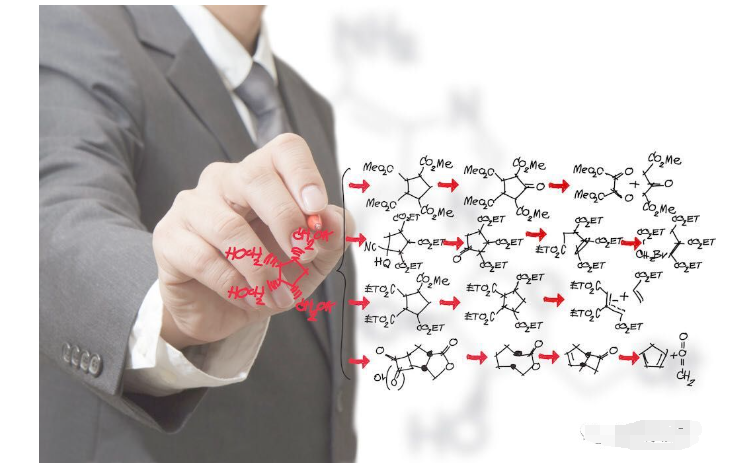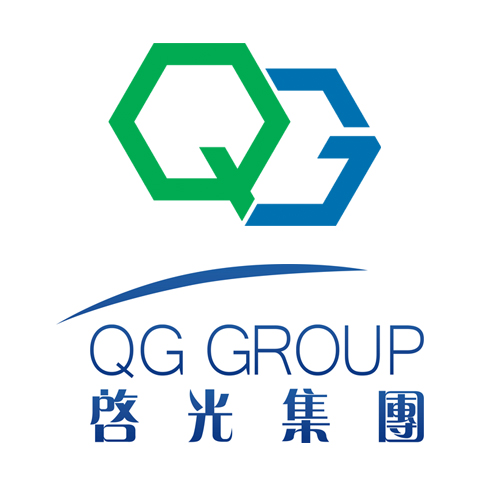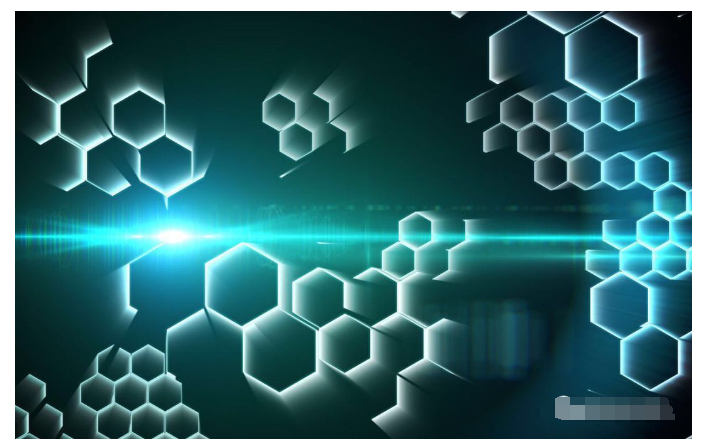Most of the rubber products need to be compounded with skeleton materials as the main force-bearing part, which also plays an important role in the stability of the rubber products in use. The solid combination of rubber and skeleton material not only protects the skeleton material, but also enhances the role of the skeleton material in order to get full play.
Rubber products have different requirements for skeleton materials, mainly metal, natural and synthetic fibers in terms of material, and canvas, rope and cord in terms of structure. Different composite products should choose different adhesives. Adhesive types as shown in Table 1.8.1-26.

Note a: The “Catalogue of Alternatives to Toxic and Hazardous Raw Materials (Products) Encouraged by the State (2016 Edition)” (Ministry of Industry and Information Lianjie [2016] No. 398) will be used for the impregnation treatment of tire cord fabric, conveyor belt canvas for rubber, etc. with the alternative of phenolic resin (RFL) impregnating agent used for the impregnation treatment of various types of cord canvas NF impregnating agent (the main components of hexamethylenetetramine complex (RH) and hexamethylenetramine (condensation of methoxymethylamine), solvent-free fiber cord impregnating agent (the main components of polymethylene multi-phenyl polyisocyanate (polymeric MDI), polyurethane, liquid rubber (HTPB)) included in the R & D category catalog, where solvent-free fiber cord impregnating agent is currently the most effective for polyurethane water dispersion or polyurethane emulsion, hydroxymethylene-modified, amino-modified lignin is also a possible important direction .
The surface treatment of the skeleton material and the bonding with the rubber matrix are very important issues. In the past decades, a lot of research has been conducted on the rubber bonding mechanism, but no unified understanding has been reached so far. Research on the bonding mechanism of rubber and skeleton material mainly includes the following.

① Adsorption theory
Adsorption theory is the most popular bonding theory. This theory believes that the bonding material and the bonded material are bonded together by adsorption. The bonding force is mainly caused by the adhesion of molecules or atoms of the bonding system near the bonding interface, resulting in van der Waals forces and bonding together. The process of bonding is divided into two aspects: first, the molecules of the adhesive migrate to the molecular surface of the bonded material through molecular motion, and pressure and high temperature facilitate this process; second, when the molecular motion reaches a small enough distance to the surface of the bonded material, the van der Waals force starts to act and gradually increases as the distance decreases. The adsorption theory considers bonding as a surface process based on intermolecular forces, which are considered to be one of the main forms of bonding forces. However, the adsorption theory is not universally applicable and cannot explain the bonding of a direct bonding system of rubber and copper-plated steel wire.
②Mechanical theory
The mechanical theory is that bonding is achieved by penetrating the adhesive into the rough surface of the bonded material and generating mechanical forces such as hooking and anchoring on the surface of the bonded material so that the adhesive is bonded to the bonded material. Adhesive bonding of surface-treated materials is much more effective than that of smooth surface materials. However, mechanical theory cannot explain the bonding of materials with smooth surfaces, such as glass and metal.

③Chemical bonding theory
Chemical bonding theory is the most systematic and oldest theory available. Chemical bonding theory refers to the strong bonding between two phase materials obtained by forming chemical bonds at the bonding interface. The chemical bonding force is much greater than the intermolecular force and can produce a very good bond strength. The chemical bonding theory has been confirmed by various experimental facts, such as the bonding of rubber to copper-plated steel wire.
④Diffusion theory
Diffusion theory, also known as molecular penetration theory, means that the mutual bonding of two-phase materials is accomplished by the action of molecular diffusion, which makes a dense bonding layer at the interface of the two phases, thus binding the two phases together. This diffusion is carried out by interpenetration at the bonding interface. Diffusion leads to the absence of a clear bonding interface between the two phases, only a transition zone exists and the bonding system is able to achieve good bonding properties by diffusion. This theory explains well the bonding between polymers with good compatibility, but not the bonding between rubber and metal.
⑤ Electrostatic theory
The electrostatic theory, also known as the double layer theory, refers to the phenomenon that two-phase materials discharge and glow at the interface in a dry environment. However, many scientists believe that this theory does not directly refer to the essence of bonding. Moreover, the bonding force generated by electrostatics is only a small part of the total bonding force and has a negligible effect on bonding. In addition, the electrostatic theory cannot explain the bonding between two materials with the same or similar properties.
The bonding of rubber to metal can be traced back to as early as 1850 and has mainly gone through the hard rubber method, phenolic resin method, brass plating or brass method, halogenated rubber method, etc. At present, the method of bonding rubber to metal in rubber products is mainly to bond rubber to metal in the process of vulcanization of rubber. So far, domestic and foreign has developed a variety of adhesives with excellent performance, such as Chemlok, Tylok, Metalok, Thixon, Chemosil (Henkel) series, Megum (Magum) series, etc.. Especially Chemlok series of adhesives are widely used in the field of rubber industry bonding.
①Hard rubber method was discovered around 1860, mainly on the surface of the metal paste a layer of high sulfur amount of hard rubber, and then stick on the surface of the composite material for vulcanization. This method is still widely used in large rubber rollers. Although the products made by this method have a good bonding effect, but the use of temperature generally can not exceed 70 ℃. Moreover, this process takes a long time to vulcanize and does not bond well with copper or copper alloy.

② Brass plating method is a kind of bonding method that can achieve rubber and metal bonding without adhesives, which was gradually developed after the research on rubber and brass plating bonding by Charles and others in 1862. Initially, this method was mainly applied to the shock-absorbing rubber of engines. Now it is also used in the wire cord of tires. The main feature of the brass plating method is that the bonding of rubber to copper-plated steel wire occurs simultaneously with the vulcanization of the rubber at the vulcanization temperature, and there is no need to coat the surface of the wire with adhesive. Its disadvantages are mainly determined by the nature of the surface of the steel wire, and some large products of the surface brass plating difficulties.
③Phenolic resin method was developed after the Second World War. Phenolic resin method of rubber and metal bonding is recognized as occurring through chemical adsorption on the surface of the metal, that is, the bonding between the bonding material and the bonded material occurs, metal bonds or ionic bonds form bonds, a special reaction. This adsorption is generally considered to be a complexation reaction of phenolic organic compounds or a similar reaction.
④The halogenated rubber method was developed by Raymond Varner in 1932 as a result of his research on bonding experiments with brominated rubber. The halogenated rubber bonding system is considered to have good thermoplasticity and does not undergo curing reactions with the vulcanization itself. The most significant advantage is that it can be stored in a liquid state for a long time and used in a wide range of applications.
⑤ Direct bonding of rubber to metal
Direct bonding of rubber and metal is a method of bonding rubber and metal at the interface during the vulcanization process. At present, the commonly used direct bonding systems mainly include inter-methane-white bonding system, organocobalt salt, lignin, organocobalt salt/white carbon black and triazine bonding system.
So far, it is still not clear how the vulcanization layer produced during the bonding process of rubber and copper-plated steel wire enhances the bonding strength between rubber and copper-plated steel wire, and the generally accepted view is that during the bonding process of rubber and copper-plated steel wire, a CuxS layer is formed at the bonding interface with an x-value of 1.90 to 1.97. The organic cobalt salt promotes the bonding of rubber and copper-plated steel wire as shown in Figure 1.8.1-1.
The bonding process of rubber and copper-plated steel wire undergoes three main processes: formation of the bonding interface, stabilization and bonding [1]. Before vulcanization of the rubber, there is only physical contact between the rubber and the copper-plated steel wire, forming a monotonous contact interface. As the rubber is vulcanized, the sulfur yellow in the rubber migrates toward the copper-plated steel wire, forming a non-metric coefficient of CuxS at the interface between the rubber and the copper-plated steel wire, and the formed CuxS migrates toward the rubber layer, forming an interlocking structure with the vulcanized rubber and improving the adhesion of the rubber to the copper-plated steel wire.
In the bonding process of rubber and copper-plated steel wire, the reactions of rubber vulcanization and bonding interface formation are synergistic and mutually promoting. Reaction course of rubber and sulfur yellow.
Bonding process of rubber with copper-plated steel wire.
The synergy of the two reactions is determined by the amount of sulfur yellow, the rate of CuxS production and the thickness of the brass layer. It is necessary to increase the amount of sulfur yellow in the rubber formulation to meet the consumption of sulfur yellow in the vulcanization process of the rubber and in the bonding process. It is also necessary to use late accelerators in the rubber formulation to prevent premature vulcanization reactions that can affect the generation of the bonding interface.
Van Ooij [2] pointed out in an earlier study that the bond between rubber and copper-plated steel wire is mainly established by the CuxS layer and that the bond strength depends on the thickness of the vulcanized layer, i.e. on the copper content in the brass-plated layer. As the rubber vulcanization proceeds the CuxS layer gradually grows towards the rubber layer and forms a strong mechanical interlocking structure with the rubber.Hotaka et al [3] separated the rubber from the bonding interface by placing a filter paper at the bonding interface between the rubber and the brass-plated steel wire during the vulcanization of the rubber. It was found that before vulcanization, there was formation of CuS on the surface of the steel wire, and as vulcanization proceeded, CuS gradually desulfurized to form CuxS with bonding ability; they also found that in the process of generating CuxS, there was generation of FeS and ZnS, which were not contributing to the bonding with, but ZnS had a great contribution to maintain the bonding effect of CuxS.
On the other hand, it has been reported in the literature that during the vulcanization and cross-linking of rubber, Cu-Sy-R bonds can be formed at the bonding interface, which enhances the bonding strength between rubber and copper-plated steel wire. In the bonding process, the vulcanization of the rubber and the formation of the bonding interface are both involved in the formation of sulfur yellow, so the vulcanization of the rubber and the formation of the bonding interface must be synchronized. If the vulcanization time is too short, the sulfur yellow is consumed excessively during the vulcanization of the rubber, resulting in a reduction in the amount of sulfur yellow in the bonding process, which reduces the bonding strength; likewise, if too much sulfur yellow is consumed in the bonding process, the rubber may have the phenomenon of under-vulcanization. Therefore, the rubber bonded with copper-plated steel wire should have a long vulcanization time to ensure that the vulcanization of the rubber is synchronized with the formation process of the bonding interface [4].
A, between – A – white direct bonding system
Between – A – white direct bonding system is given by the methylene body HMMM (six methoxymethyl methanamine) or formaldehyde to give the body HMT (six methylenetetetramine), resorcinol monomer or resin-based resorcinol to give the body and silica, also known as HRH bonding system. HRH bonding system is suitable for a variety of skeleton materials bonded, such as synthetic fibers, natural fibers and brass plating, copper plating, etc.. The composition of the most typical HRH bonding system is 2.5-3.8 parts of resorcinol, 1.5-2.5 parts of HMT, and 15 parts of silica [5]. The bonding mechanism is believed to be that resorcinol acts as a formaldehyde or methylene acceptor and undergoes oligomeric condensation with methylene at the vulcanization temperature to form a phenolic type bonding resin, which is capable of continuing the reaction.
When the rubber is bonded to the metal surface, the phenolic resin contains hydroxyl and hydroxymethyl groups that have strong polarity and are able to bond with the polar molecules on the metal surface, thus bonding the rubber to the metal [6]. The silica in the composition acts as a bonding enhancer, and the silica hydroxyl structure on the surface of the silica can adsorb free water from the rubber matrix, reducing the damage of water to the bonding interface, while the acidic surface of the silica can delay the vulcanization time of the rubber, allowing the rubber to remain fluid for a longer period of time, increasing the contact area between the rubber and the metal and improving the bonding of the rubber to the metal [7-8].
The main advantage of the HRH bonding system is that it can control the course of the bonding reaction between the rubber and the skeleton material, allowing the vulcanization of the rubber and the bonding between the rubber and the skeleton material to occur simultaneously. However, because the m-methyl-white system has a strong polarity, it is difficult to disperse in the rubber matrix and easy to spray frost; at high temperature, resorcinol sublimates and has an irritating odor, which is hazardous to human health and pollutes the environment [9]. In order to solve this problem, some new adhesives have been studied at home and abroad, such as RE (oligomer of resorcinol and acetaldehyde, molar ratio of 2:1), RA-65 (65% of hexamethoxymethylmethanamine HMMM compounded with plus carrier), RS (resorcinol and stearic acid copolymer, molar ratio of 1:1), RS-11, R-80, RC, etc. Among them, RA-65 has a better bonding effect and is suitable for bonding natural rubber, polybutadiene rubber and styrene butadiene rubber with copper-plated steel cord and various bare steel wires [10]; the new adhesive AB-30 of pre-condensed resin type, made by condensation of adhesive A and polyphenol, contains a large number of methoxy, phenolic and hydroxymethyl structures, and when vulcanized, adhesive AB-30 can cross-link with rubber and It forms a three-dimensional network structure and migrates to the material surface with good bonding effect [11].
The bonding strength of the inter-methane-white system is higher than that of the cobalt salt system, and the amount of attached rubber is higher than the second level, but the aging resistance is low.
B, organic cobalt salt adhesion system
Organic cobalt salt is rubber and copper-plated steel wire or wire cord bonding special bonding enhancer, can be used alone for rubber and copper-plated steel wire bonding. At present, the organic cobalt salts commonly used at home and abroad are mainly cobalt borylate, cobalt aoiolate, cobalt stearate, cobalt naphthenate, etc.. In the process of adhesion enhancement of organic cobalt salts, it is mainly cobalt ions that play the role of adhesion.
Regarding the mechanism of organocobalt salts to promote adhesion, the more common view is that the addition of organocobalt salts can promote the production of active product CuxS and adjust the production rate of CuxS. The regulating ability of different organocobalt salts is different, and the reactivity of various organocobalt salts is: cobalt borylate > cobalt neodecanoate > cobalt naphthenate > cobalt stearate [12]. Among the cobalt salt system binders, cobalt borylide and cobalt neodecanoate have high activity due to relatively high mass fraction of cobalt and are widely used, especially cobalt borylide also has good anti-aging effect [13]. Generally, the content of metallic cobalt should be about 0.3 parts in 100 parts of rubber [14]. If the amount of cobalt ion is too large, it will accelerate the formation of a large amount of inactive copper sulfide, the bond strength will decrease, and it will accelerate the aging of rubber. If the amount of cobalt ions added is too small, it is difficult to generate a copper sulfide layer at the bonding interface, which makes the bonding performance decrease [15-17].
The ratio of copper to zinc in the plating is also an important factor in determining the bonding effect. Metallic copper is a relatively active metal, and if pure metallic copper is used, the reaction is very violent and rapidly produces cuprous sulfide, which is difficult to match the vulcanization rate of rubber. The zinc in the coating can effectively inhibit the activity of copper, making the rate of generating cuprous sulfide lower; at the same time, zinc can react with sulfur yellow to form zinc sulfide, which also plays a role in enhancing the bonding effect [18]; finally, zinc can form a form of primary cell with the steel wire, which effectively protects the wire from corrosion [19].
The cobalt salt bonding system is best for natural rubber, followed by isoprene rubber and butadiene rubber and nitrile rubber and neoprene rubber are worse.
C. Lignin bonding system
Translated with www.DeepL.com/Translator (free version)

